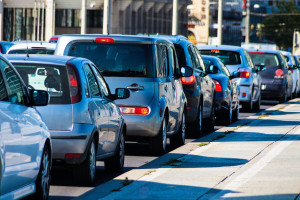What do we mean? We realize this is a critical function of driving. After all, we need to brake or slow down for red and yellow traffic lights, stop signs, pedestrians, construction, and other obstructions. Aside from these, much of our braking is not necessary in the first place. Speed is actually to blame.
To understand this cycle, look to the mechanics. Every time you brake, you lose engine power, which eventually has to be regained by accelerating again. So the key to smooth driving is to avoid relying on both functions too much. By doing so, you conserve both fuel and your brakes. For instance, consider a real-life example of a highway onramp. What caused you to brake? Chances are speed entered into the equation.
Changing our habits means learning or relearning to drive differently from the pack. Here’s a challenge: Next time you drive, see how few times you can brake, safely of course. Calibrate your speed and rely less on the accelerator. Anticipate the traffic flow and respond accordingly. You may be surprised to find, over time, that it becomes second nature.
Driving like this takes practice and some patience, but the ROI is there. Some estimates indicate that drivers can save up to 70 miles per tank of fuel by using these techniques, as well as sparing extra wear and tear on brake pads. Depending on your vehicle and traffic conditions, you can likely increase your fuel efficiency by 10 or 20 percent, too.
So, lay off the brakes and give your vehicle a break!


 Don’t brake.
Don’t brake.




